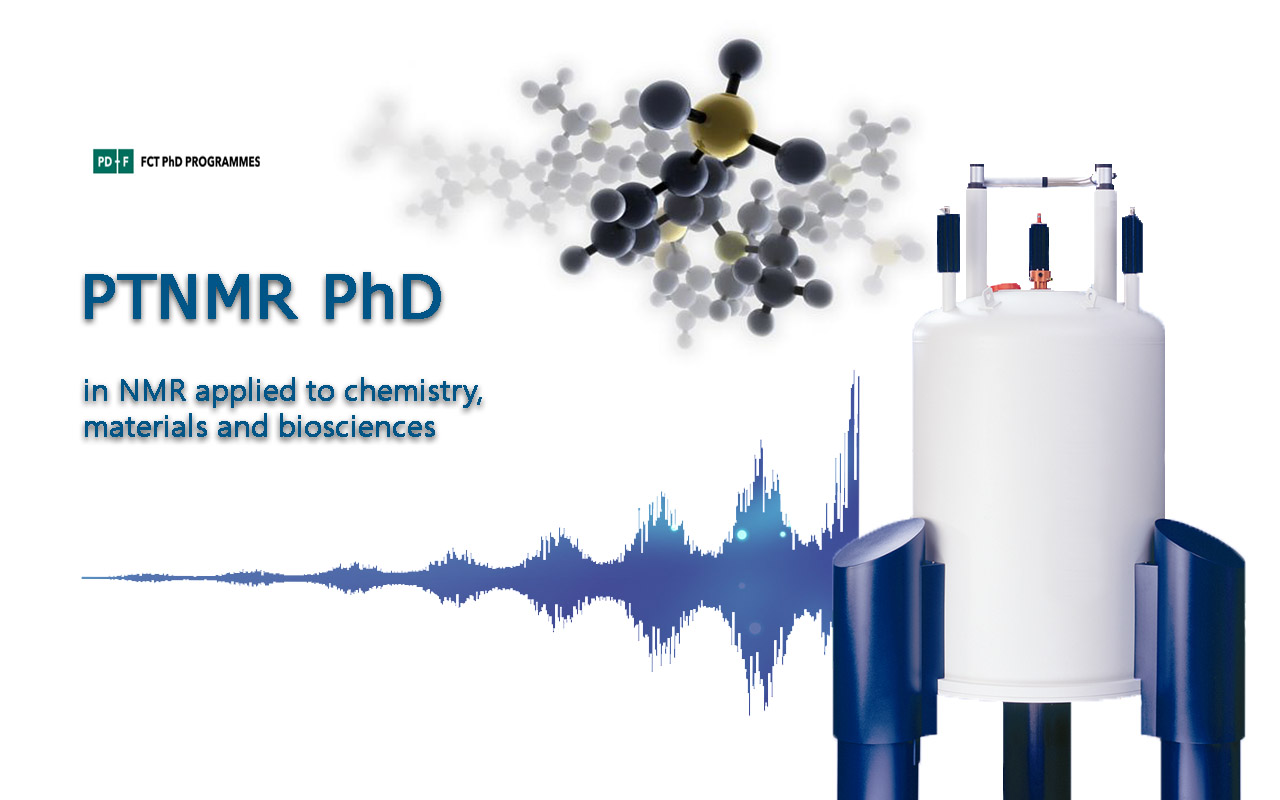Research Project 4 (2019) - Details
Title: Bacterial Peroxidases – a bacterial mechanism against the immune system
Pathogenic bacteria, such as Neisseria gonorrhoeae that causes the sexually transmitted disease gonorrhea, are constantly exposed to reactive oxygen species (ROS) and have developed numerous defense mechanisms to cope with oxidative stress. Bacterial cytochrome c peroxidase is one of the enzymes involved in ROS detoxification. This enzyme catalyzes the reduction of hydrogen peroxide to water, with the required electrons being donated by small electron shuttle proteins, of the respiratory chain, such as small c-type cytochromes or type 1 copper proteins.
This project will focus on the characterization of a small c-type cytochrome that can donate electrons to this enzyme. The aim is to determine its structure, and characterize the interaction between the enzyme using different biophysical techniques (microcalorimetry, SPR, NMR) and enzyme kinetics.
This enzyme has proven to be an advantage for this pathogenic microorganism as a defense against the host immune response and could be a future therapeutic target to develop compounds against N. gonorrhoeae. These results will contribute to the understanding of the involvement of Neisseria gonorrhoeae bacterial peroxidase has a first line defense mechanism against exogenously produced hydrogen peroxide in the host environment during its proliferation and infection.

